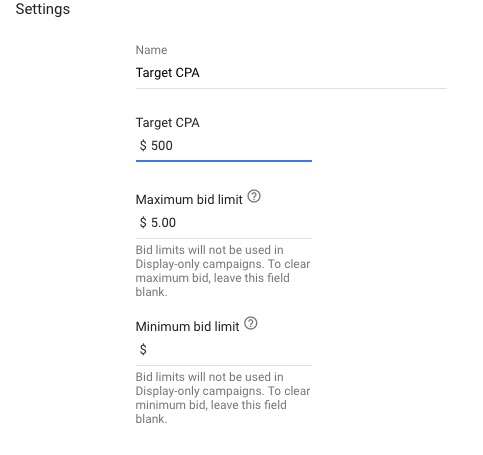[ad_1]
In the past year, I have seen a huge shift in the bidding approach utilized by those around me. Traditionally, most of my fellow co-workers swore by manual bidding methods. I’m not talking about one-off “gut feeling” changes, but complex bid matrixes factoring in seasonality, recent performance, and projected trends. Despite the success of these methods, the frequency in which I’ve seen peers embrace our robotic overlords has increased significantly.
For many, this openness to automation has provided incredible value for their clients. For others, the results were underwhelming. If you find yourself in the same boat as the latter, it’s possible that your account is simply not a good fit for automated strategies — and trust me, I understand there are certainly a lot of Reasons To Not Use an Automated Bid Strategy. Before admitting defeat, make sure none of the following mistakes exist in your strategic implementation.
Wrong Bidding Strategy
Undoubtedly this is an easy and obvious issue to avoid, however it remains a good place to start. The strategy you pick will dictate the KPI that Google seeks to hit. If there is any separation between what you use to gauge performance and the main KPI of the bidding strategy, unsuccessful results become significantly more likely. To ensure you have the proper use case for your given goals, make sure to understand all of the Automated Bidding Strategies By The Numbers.
Too High of Budgets
Budget control is a huge component of success when it comes to automated bid strategies. Too high of spend ceilings can be a particularly large issue right after launch. At the end of the day, Google (or any platform for that matter) is seeking to spend as much of your money as possible while arriving at an acceptable level of return. Additionally, automated strategies are fueled by data and volume. With this said, it’s very common for these tactics to quickly exhaust your budget caps during the learning phase.
For some, this is a non-issue. For me, it’s typically something I want to avoid as I try to gain buy-in from the client. Additionally, too high of a budget can lead to an inflated CPC, and in return, decreased efficiency. With this in mind, I like to make a slow transition across the account when switching to an automated bidding. I typically begin with budgets set roughly 15-20% below their recent daily spend average. This is extremely important for Google’s Max Conversions Smart Bidding Strategy.
Too Low of Budgets
Too small of spend maximums can also be an issue. First off, this will lengthen the learning phase of the bid strategy. Additionally, too small of budgets can lead to inconsistent performance across a given week or month. Sometimes When Target CPA Isn’t Hitting Your Target, the budget-constrained nature of the campaign is ultimately at fault for failing to provide efficient conversions at volume.
No CPC Caps
Google will almost always encourage you to remove all CPC caps on the automated bid strategies. While ultimately CPC caps become unnecessary if you have your budgets and goals are set to the proper level, but the anxious, untrusting, control freak within me is not quite ready to allow the robots unlimited reign. You’ll find this option for shared bidding strategies under Portfolio Bid Strategies in Tools.
Not Enough Conversion Data
To reiterate yet again, successful automated bidding relies on consistent and significant data. If your account and target campaigns are low volume, your chances for poor results shoot up exponentially. AdWords suggests at least 15 conversions per month for your campaign. I tend to believe this number should be even higher since anything below this 30-day threshold will lead to improper optimizations or a cease of changes altogether.
Not Enough Patience
The last mistake common in automated bidding is a lack of patience. Once flipping to a new strategy, the algorithm is taking time to learn the nuances of your market from nearly every angle. This is exactly why a slow rollout is needed, given that you’ll still have goals to hit while your new bidding approach learns the market. Furthermore, major shifts in the budget and bid KPIs will reset this process. If possible, utilize gradual and incremental shifts when either of these items dictates a change.
Conclusion
Automated bidding is here to stay. While many remain utilizing manual tried and true methods, the reality is that automated bidding doesn’t even need to be better to be worth it. A simple neutral result constitutes success, given that the opportunity cost of avoiding these strategies is time devoted elsewhere in the account. By avoiding these mistakes, you’re more likely to succeed when Testing New Bidding Strategies Through AdWords.
Cover image from Jonas Ginter
[ad_2]
Source link



Recent Comments